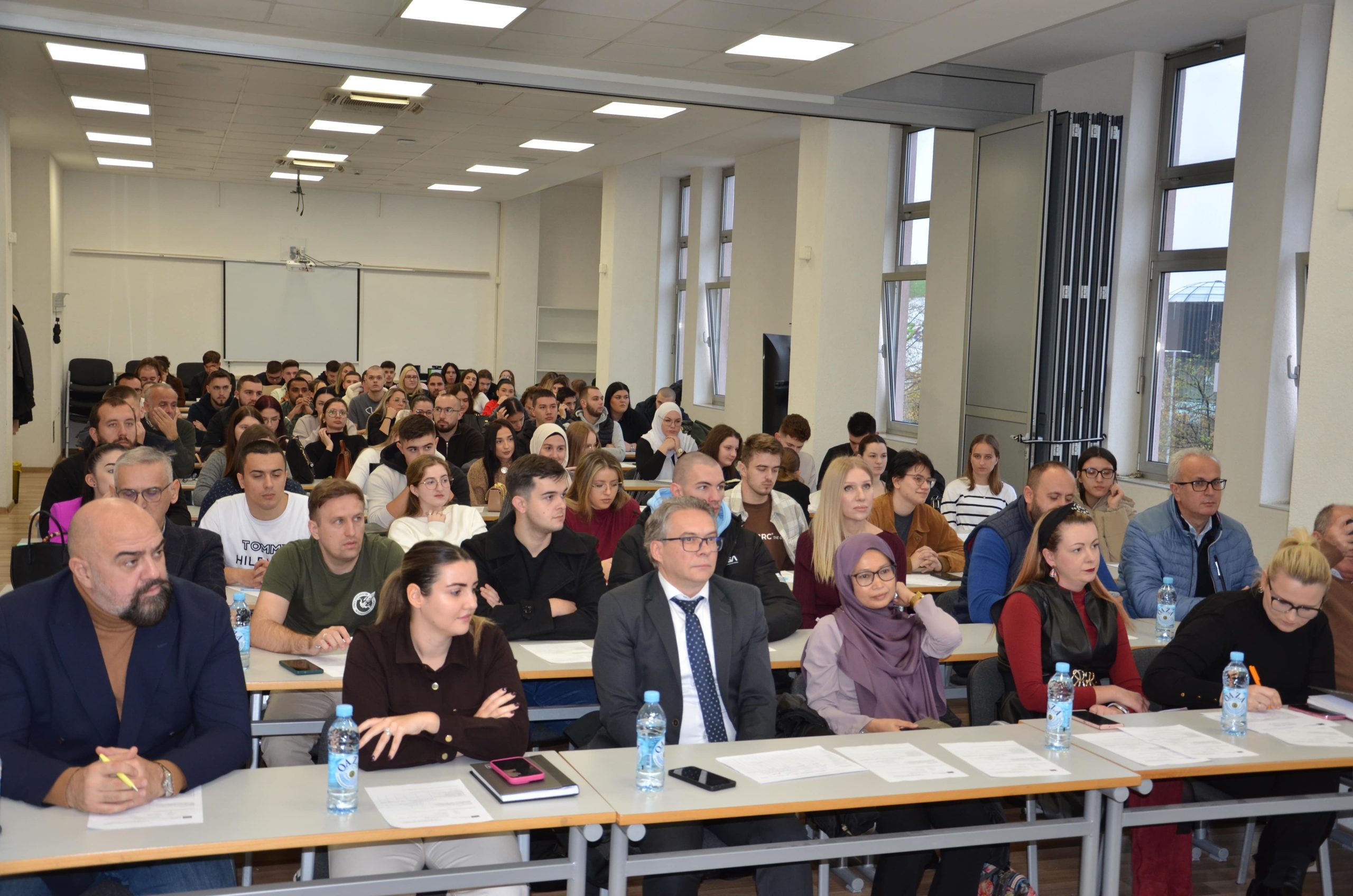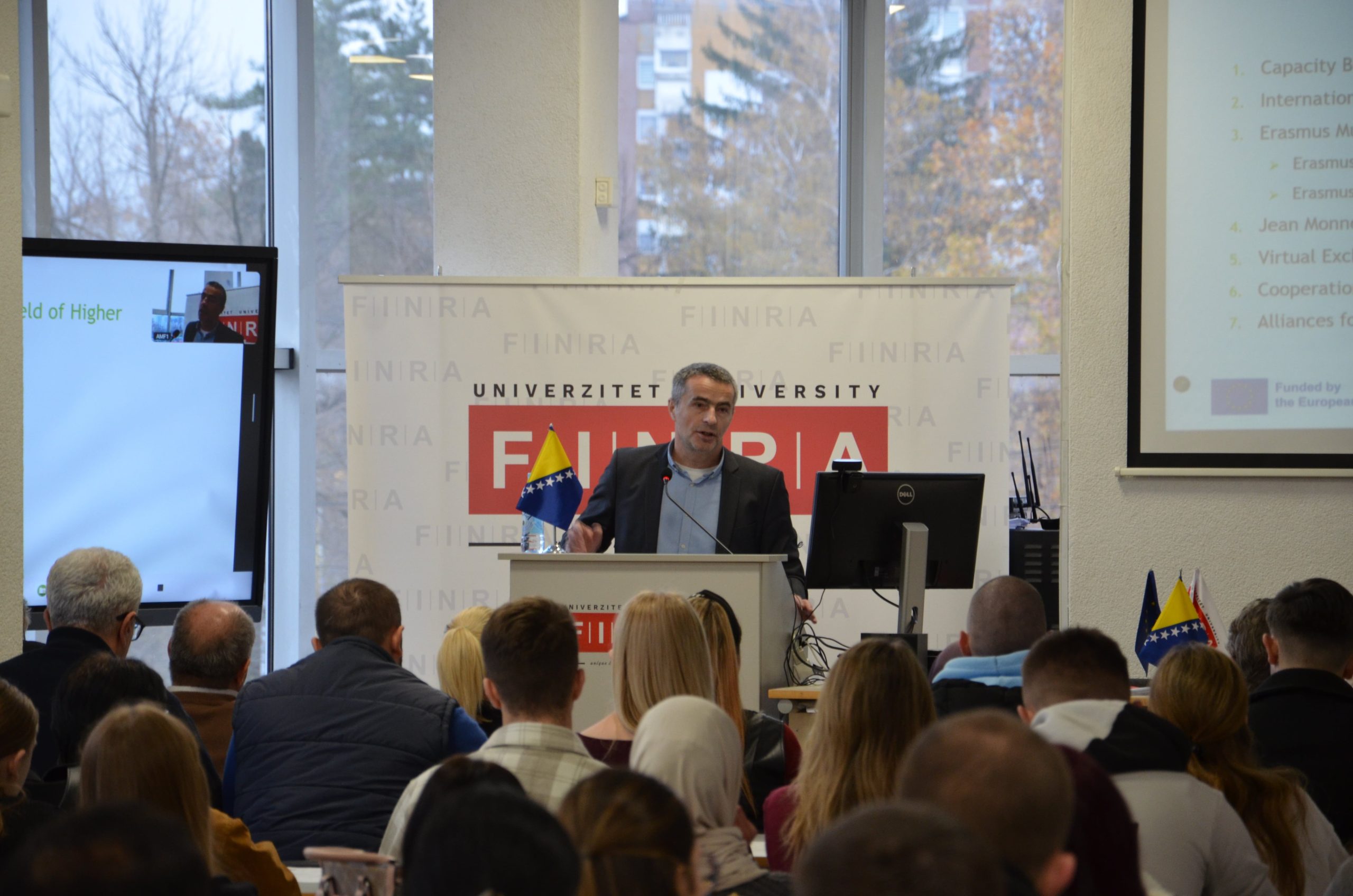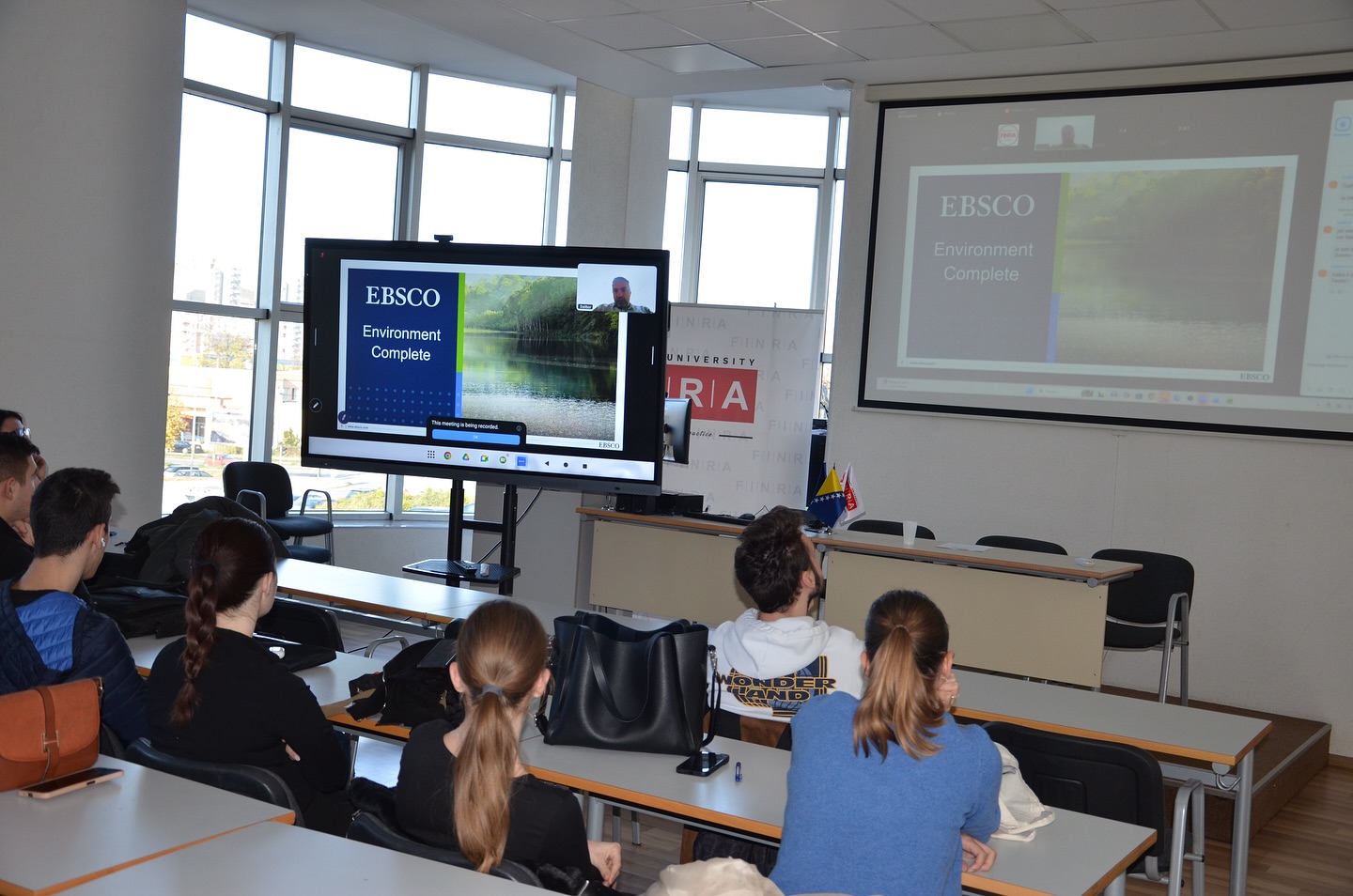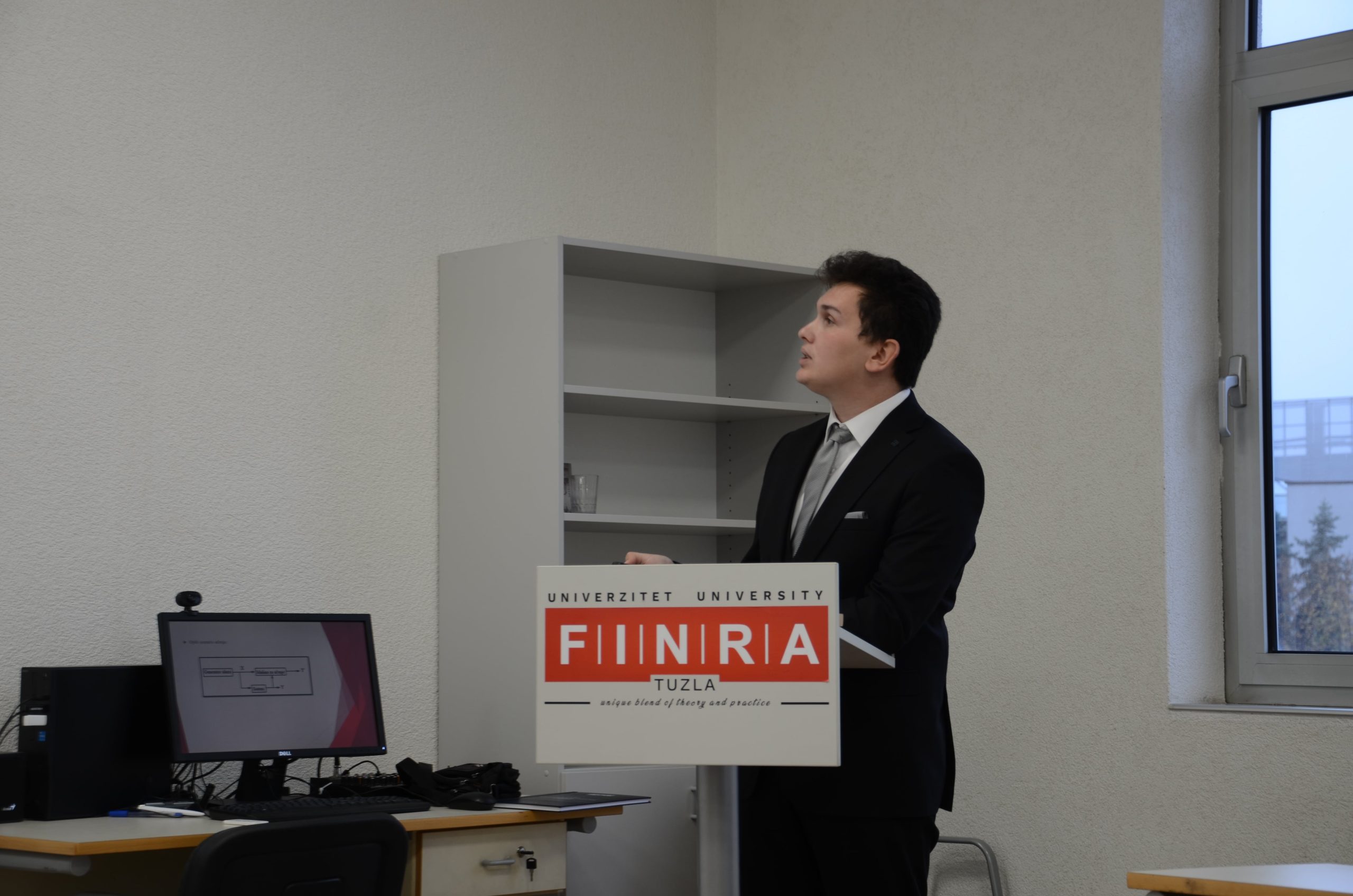Gender Equality plan GEP 2025-2029

- INTRODUCTION AND STATEMENT OF COMMITMENT
This Gender Equality Plan (GEP) represents an official institutional policy that outlines our commitment to gender equality, inclusion, non-discrimination, and equal opportunities for all staff, researchers, students, and collaborators. The institution acknowledges the structural and cultural barriers that may affect the full participation of all genders and commits to addressing these challenges systematically. This document has been approved and signed by top management. It is publicly accessible on the institution’s website and will be reviewed annually to ensure alignment with Horizon Europe requirements, evolving organizational needs, and societal developments.
- GOVERNANCE STRUCTURE AND DEDICATED RESOURCES
To ensure proper implementation and monitoring of this GEP, the institution establishes the following structures:
- Gender Equality Officer
A designated Gender Equality Officer (GEO) will oversee implementation, coordinate initiatives, report on progress, and act as the institutional focal point for gender-related matters.
- Gender Equality Committee
A multidisciplinary committee is formed, composed of representatives from management, HR, research units, administrative services, and—where applicable—student bodies. The committee meets at least quarterly.
- Financial and Operational Resources
The institution allocates dedicated financial resources to support:
- training and capacity-building activities
- data collection and analysis
- expert consultations
- development and dissemination of guidelines
- awareness-raising campaigns
These resources are included in the annual institutional budget to ensure sustainable implementation.
- DATA COLLECTION, ANALYSIS AND MONITORING
A robust monitoring system is essential for understanding challenges, identifying gaps, and guiding institutional actions.
- Gender-Disaggregated Data
The institution collects and analyses annual gender-disaggregated data across:
- recruitment
- contract types and working hours
- salaries and allowances
- promotion and career progression
- representation in leadership roles
- participation in committees and decision-making bodies
- training attendance
- student enrollment and completion rates (when applicable)
- Indicators and Targets
The institution follows a system of quantitative and qualitative indicators. Key indicators include:
- gender ratio in each job category
- pay gap analysis
- leadership representation threshold
- incidents of discrimination or harassment
- participation in training
Targets are set for multi-year periods, with annual follow-up.
- Annual Reporting
A comprehensive Gender Equality Progress Report is published annually. It includes:
- summary of implemented measures
- evaluation of progress
- updated statistics
- recommendations for improvement
- TRAINING, AWARENESS-RAISING, AND CAPACITY BUILDING
To foster an inclusive culture, the institution commits to organizing regular trainings for all groups of staff and decision-makers.
- Mandatory Trainings
The following trainings are mandatory:
- unconscious gender bias
- gender-sensitive communication
- gender mainstreaming in research and teaching
- prevention of gender-based violence and sexual harassment
- Target Groups
Trainings are adapted to specific target groups:
- senior management
- HR and recruitment committees
- researchers and educators
- administrative staff
- students (when applicable)
- Training Formats and Documentation
Trainings may include workshops, seminars, online modules, and expert-led sessions. Evidence such as agendas, curricula, attendance sheets, and expert contracts are archived for auditing purposes.
- THEMATIC AREAS AND CONCRETE MEASURES
5.1 Work–Life Balance and Organizational Culture
The institution promotes:
– flexible working arrangements
– teleworking options
– support for staff with caregiving responsibilities
– reintegration measures after maternity/paternity leave
– zero-tolerance policies on discrimination
5.2 Gender Balance in Leadership and Decision-Making
To ensure fair representation:
– a minimum target of 40% underrepresented gender in leadership positions is set
– search committees must be gender-balanced
– transparent appointment and selection procedures are established
5.3 Gender Equality in Recruitment and Career Progression
Measures include:
– standardized, bias-free job advertisements
– gender-balanced recruitment panels
– structured and documented evaluation criteria
– equal access to professional development
– mentoring programs for early-career researchers
5.4 Integration of the Gender Dimension in Research and Teaching
Research teams must consider:
- biological, social, and gender-related variables in study design
- inclusive methodology
- diverse user and stakeholder perspectives
Teaching staff are encouraged to integrate gender perspectives into curricula, examples, and class discussions.
5.5 Measures Against Gender-Based Violence and Sexual Harassment
The institution adopts:
– a zero-tolerance policy
– a confidential and accessible reporting system
– designated contact persons
– clear procedures for investigation and protection
– regular awareness-raising campaigns
- IMPLEMENTATION PLAN (2025–2029)
Key actions include:
– annual evaluations and progress reports
– quarterly committee meetings
– yearly training programs
– periodic review of recruitment and promotion procedures
– communication campaigns promoting gender equality
– updates to institutional policies based on results and feedback
- MONITORING AND EVALUATION FRAMEWORK
The Gender Equality Committee oversees a yearly review using:
– updated gender-disaggregated datasets
– collected complaints, reports, or incidents
– evaluations of trainings and feedback forms
– measurement of progress against targets
– internal and external audit recommendations
Results are publicly reported to ensure transparency and accountability.
- CONCLUSION
This Gender Equality Plan reaffirms the institution’s long-term commitment to gender equality, inclusion, and justice. By implementing the actions outlined in this document, the institution contributes to a fair, productive, and respectful environment for all. The institution ensures that this GEP remains a living document—updated, improved, and enhanced based on evidence, feedback, and evolving best practices.
Tuzla, 18.11.2025.
Protocol no. 01-1820-1/25






